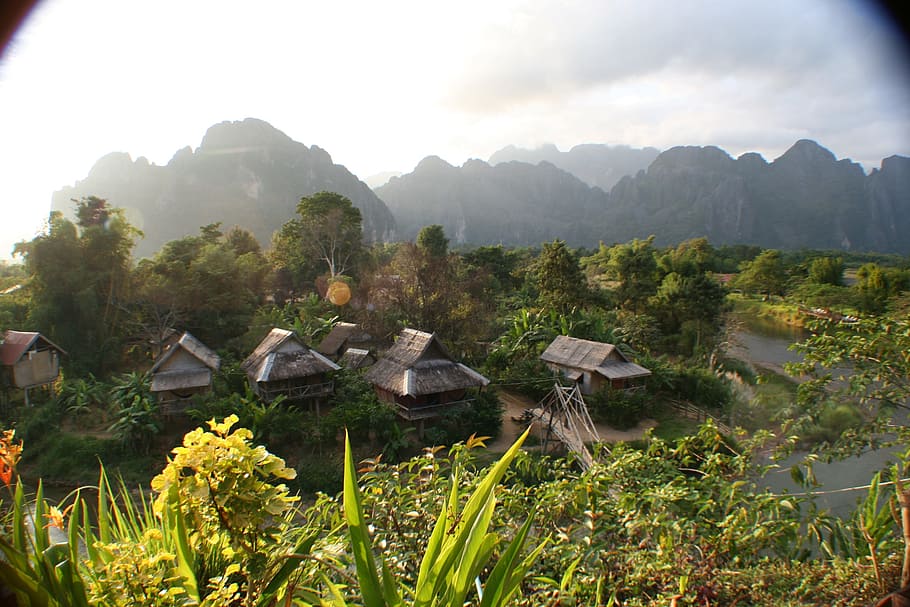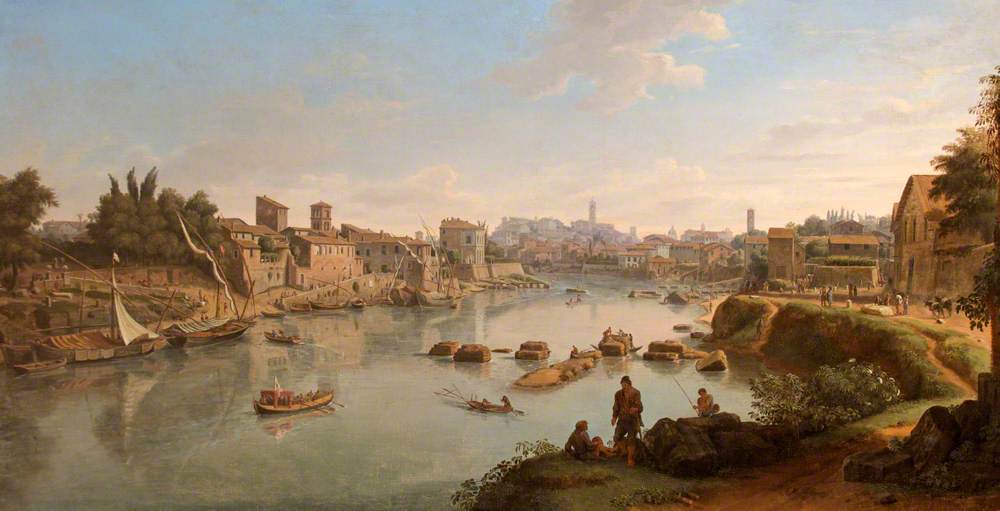Languages of Salan
Go back to the Culture Portal!
This is an overview of the languages spoken in Salan. This article is mostly dealing with the geography and sociolinguistics. For detailed descriptions of grammar, please refer to the pages of the individual languages.
Violet: Nem (Faren language), the most videly spoken language of the continent. Related to Aradal.
Orange: Aradal, spoken by the Ara people
Yellow: Sai Õl Tal spoken by the Saial people
Dark blue: Ngad i zerib and it's close relatives, mostly spoken by the Zeribians. Also various indigenous languages that are not related to Zeribian.
Light blue: Tasalian, a lowland small language family spoken around Tášá.
Green: Caač languages spoken by the Caač people in Pillar Mountains and the Irin i heš)
Grey (light blue): Sadinian languages
Tašals are the inhabitants of the eastern Çaus peninsula. The scholars have speculated, that their language is related to the highland language Sayal, but unfortunately Sayal studies won't help a traveler in this region much. Tašalian is peculiar for it's use of tones, and a traveller should be wary, that mispronouncing them can easily turn ká 'I' into kà 'to kill'. Luckily Nem is well-known by the educated folk in the region.
Even further east beyond the desert begin the Great Plains. Capable interpreters for the area should be sourced in advance from Tášá, whose people travel regularly to the east.
Map
This map shows the main languages and language families of Salan. The pins mark the main speaker settlements. Toggle map layers to manage the languages!Orange: Aradal, spoken by the Ara people
Yellow: Sai Õl Tal spoken by the Saial people
Dark blue: Ngad i zerib and it's close relatives, mostly spoken by the Zeribians. Also various indigenous languages that are not related to Zeribian.
Light blue: Tasalian, a lowland small language family spoken around Tášá.
Green: Caač languages spoken by the Caač people in Pillar Mountains and the Irin i heš)
Grey (light blue): Sadinian languages
Traveller's guide to the languages of Salan
Southern Continent
As the readers are undoubtedly familiar with, the most prestigious language on the Southern Continent is Nem spoken all the way from the roots of the Serme Mountains to the far western corners of the World. The western dialects of the cities such as Fares (Silford) are the easiest for someone fluent in the literary language, but in the eastern towns deep in the mountains valleys or cities the local dialects can require some time to get familiar with.Tašals are the inhabitants of the eastern Çaus peninsula. The scholars have speculated, that their language is related to the highland language Sayal, but unfortunately Sayal studies won't help a traveler in this region much. Tašalian is peculiar for it's use of tones, and a traveller should be wary, that mispronouncing them can easily turn ká 'I' into kà 'to kill'. Luckily Nem is well-known by the educated folk in the region.
Serme Mountains
Anyone travelling to Aramacänten (the Mountain kingdom) should be prepared with some skill in Aradal. The Ara people are relatives of the Nem speaking Farens that climbed higher on the mountains and managed to conquer most of the highlands. Even though the two languages are related, one cannot expect to go by with just their Nem skills outside the most widely travelled areas. While travelling in the countryside, you can easily stumble on a speech sounding nothing like Aradal, and be confident that they are conversing in Sai Õl Tal, the language of the Saial people. By some accounts, it's speakers among the general populus number even more than those of Aradal. The easiest way to get a taste of the language, is to participate in a ceremony while visiting an Áçäwal (local temples), which are rich in singing in the tongue. It seems that the language has religious significance to the locals, who rather rely on their tradition of Memory Songs, than on the written word.Eastern Islands
The West Island is obviously a Faren state, and their Nem is not too different from the dialects spoken on the continent. If you visit the the towns around Gaur you will notice the large Zeribian population in the region. For longer stays the basics of Standard Ngad i zerib (Zeribian language) become handy, because the local merchants are quick to take advantage of a foreigner who they realise to have no clue of the conversation. The dozens of Eastern Islands house perhaps hundreds of languages and obscure dialects, but the good news is that the knowledge of Standard Zeribian will serve a traveller all the way from West Island to Washleng and Crescent Island, at least when conversing with the well-educated locals. Anyone wishing to see the spectacular jungle nature of the smaller islands should hire a trusted local guide. The local languages are often completely unrelated to Zeribian language, but the local people encountered might even be hostile to anyone trying to converse in the standard language.Wastelands
On the coast on the eastern side of the Serme Mountains, one can find nothing but the inhospitable karst formation, the Pillar Mountains. Wandering to the wastelands is ill adviced, since it is only sparsely populated by the local hunters-gatherers. However, if you happen to run accross the locals when travelling by the coast, you will find that they speak a language they call Caač. Many travellers have traded with them succeffully communicating with gestures, but some of them seem to have aquired some basic skills in Nem too. Interestingly, some Caač have found their way over the strait to the nearby Irin i heš Islands. However, the local Zeribians that have settled there are not happy to receive curious visitors from the mainland.Even further east beyond the desert begin the Great Plains. Capable interpreters for the area should be sourced in advance from Tášá, whose people travel regularly to the east.
Writing on Salan
The skill of writing was gifted to the mankind by the god Naruseiń. The first language that was recorded in text was Nem (Faren language), and to this day most writing systems are derived of the Nem script. It is an alphabet, which is written left to right and top to bottom, usually with a quill on parchment. The best quills are harvested from tamed swans and geese.Example text, see Nem script for translation.
Ngad i zerib uses an abjad (consonant script) derived from the cursive variant of the Nem alphabet. Zeribians don't typically keep swan or geese, so they usually write with a reed pen, on ostraca (pottery shards), wood or more rarely crude bark paper, fabric or imported pergament.
The highland lake Ulüwerä

by piqsels
Zeribian village in the jungle
The stone pillars that give name
to the Pillar Mountains
to the Pillar Mountains








Comments